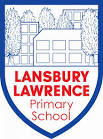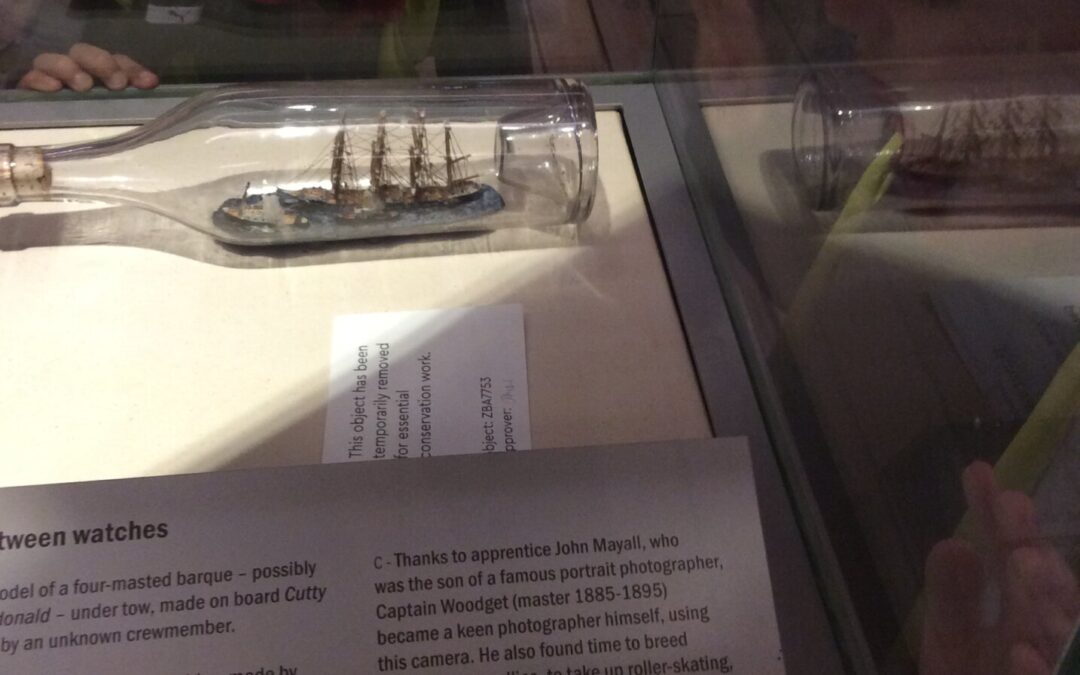Today, Delaunay hopped on the DLR for an exciting adventure to the Cutty Sark. We’ve been learning all about continents, oceans, and Christopher Columbus, so we stepped into the shoes of sailors who have travelled the world!
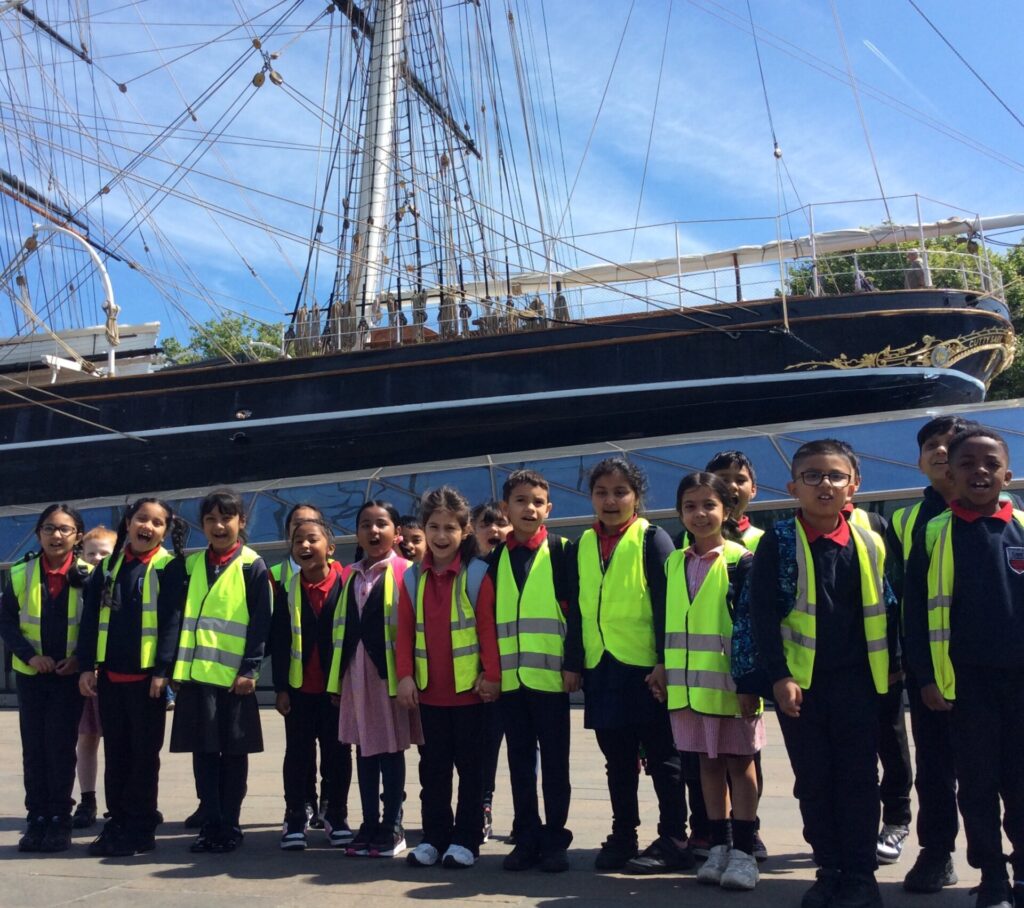
The Cutty Sark is a real-life clipper ship that once sailed across the seven seas, visiting different continents like Asia, Australia, and South America. We climbed aboard, walked the decks and discovered what life was like for the sailors who explored faraway places and brought back tea, wool and spices.
Meraj: On our way to Cutty Sark, I saw buildings that I know. I was looking out of the window with my learning partner, and we were talking.
Nahiya: Underneath the the ship, we saw the figureheads that people used to decorate the ship. We had to find the old figurehead that the sailors on Cutty Sark used. They called it Nannie.
Ana: We saw a cabin that we thought would be tiny, bur when we got inside it was amazingly big. It had the captain’s furniture inside including a bed, a sofa and a writing desk. After seeing the ship, I wonder how tall it is.
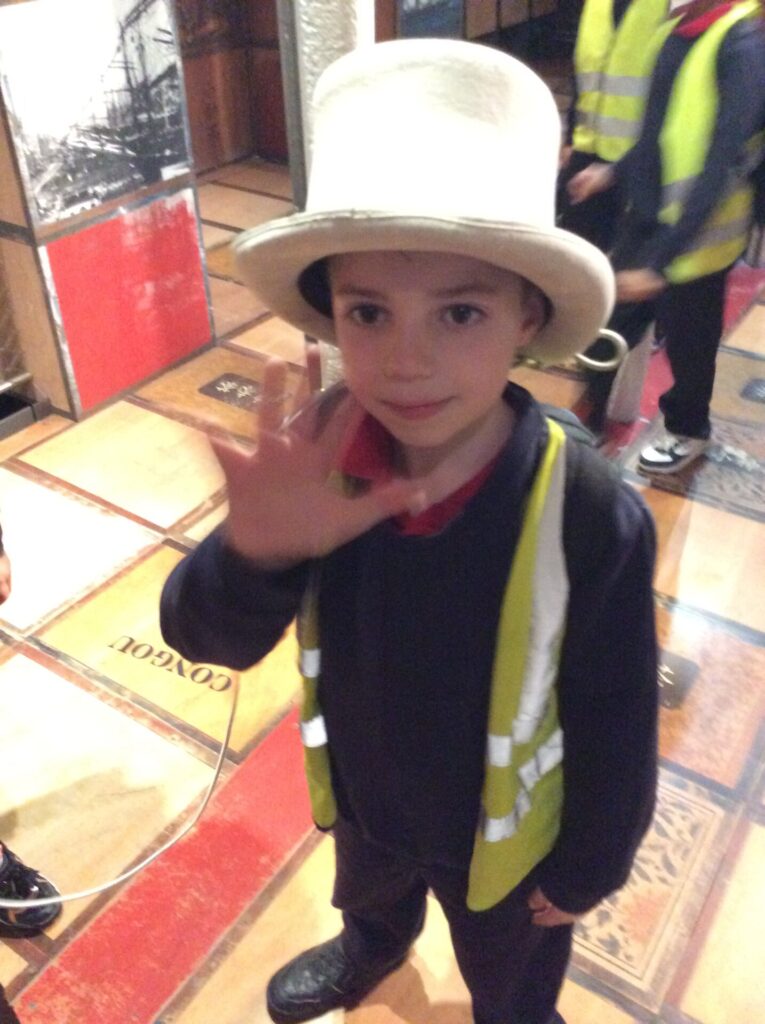
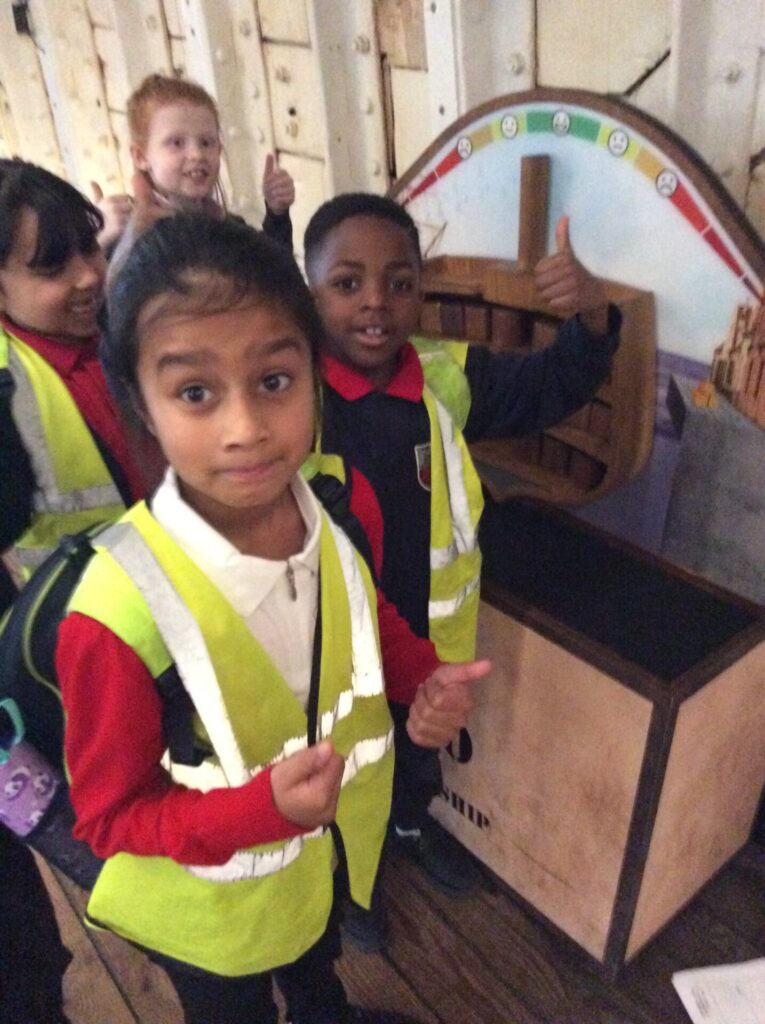
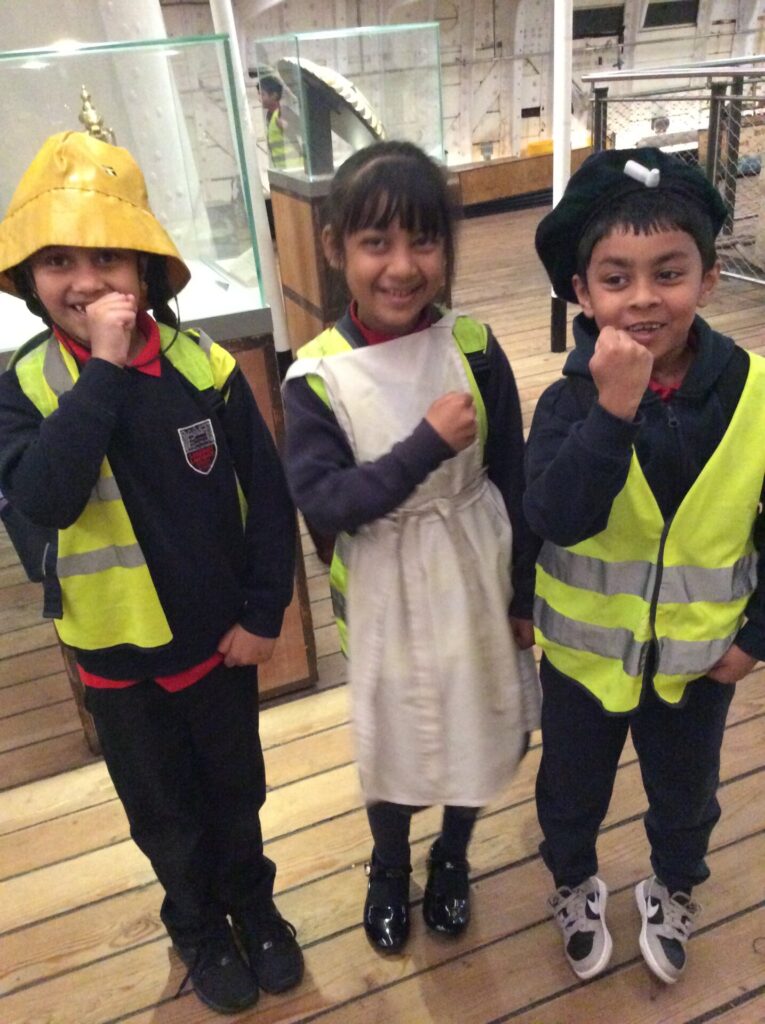
We met characters from the past who told us stories of life at sea — we saw the tiny beds the crew slept in and learned how they cooked meals while the ship rocked on the ocean waves!
Ameer and Scarlett: We explored the Cutty sark.
Adam: Did you know that the Cutty Sark is next to the River Thames, and it was one of the fastest boats in the 1800’s.
Avni: The ship had 4 levels. We started at the bottom and went to each level on our way to the top. On the top deck, we looked north, south, east and west using a compass to help us. I learnt that the ship was built in 1869.
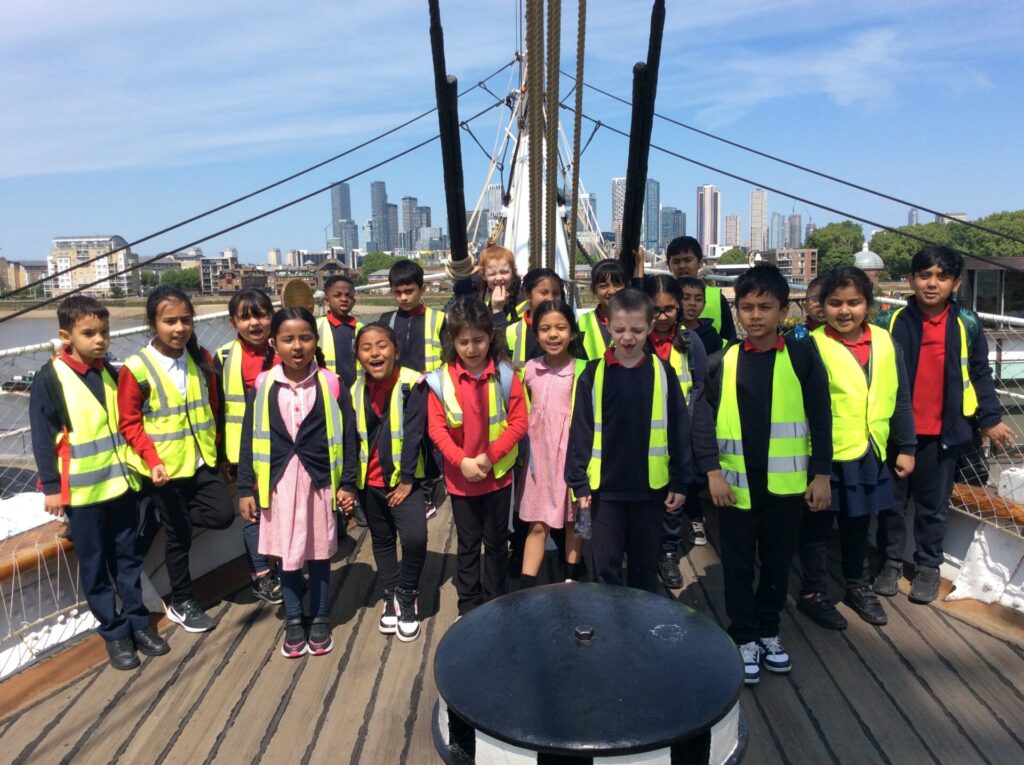
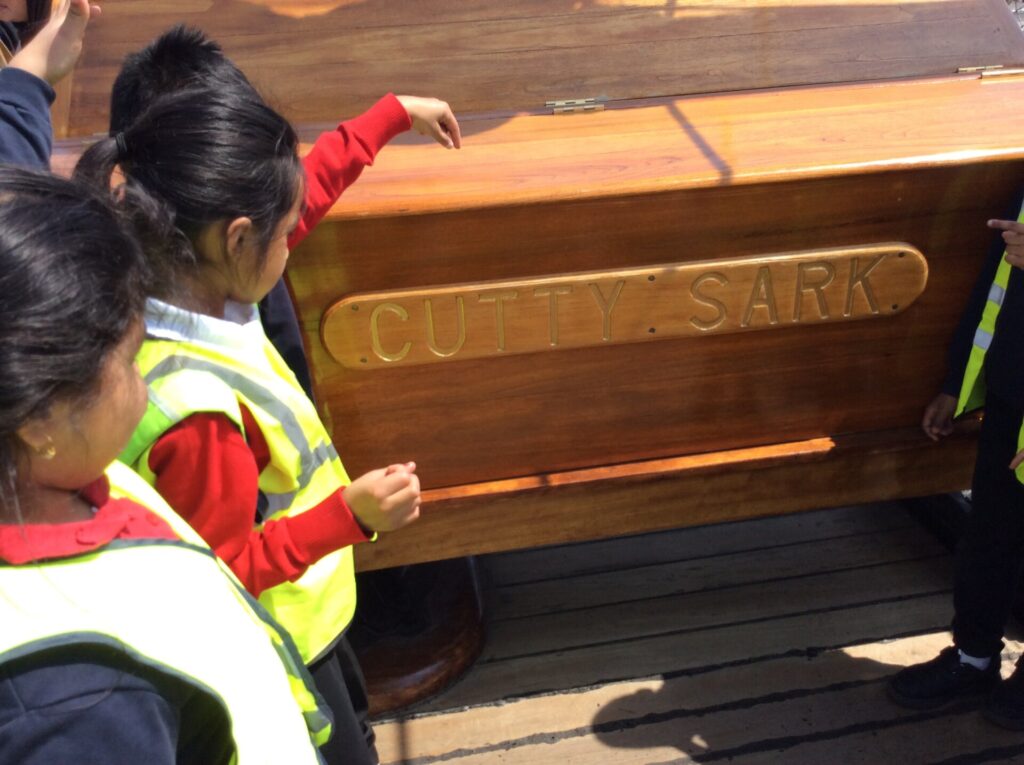
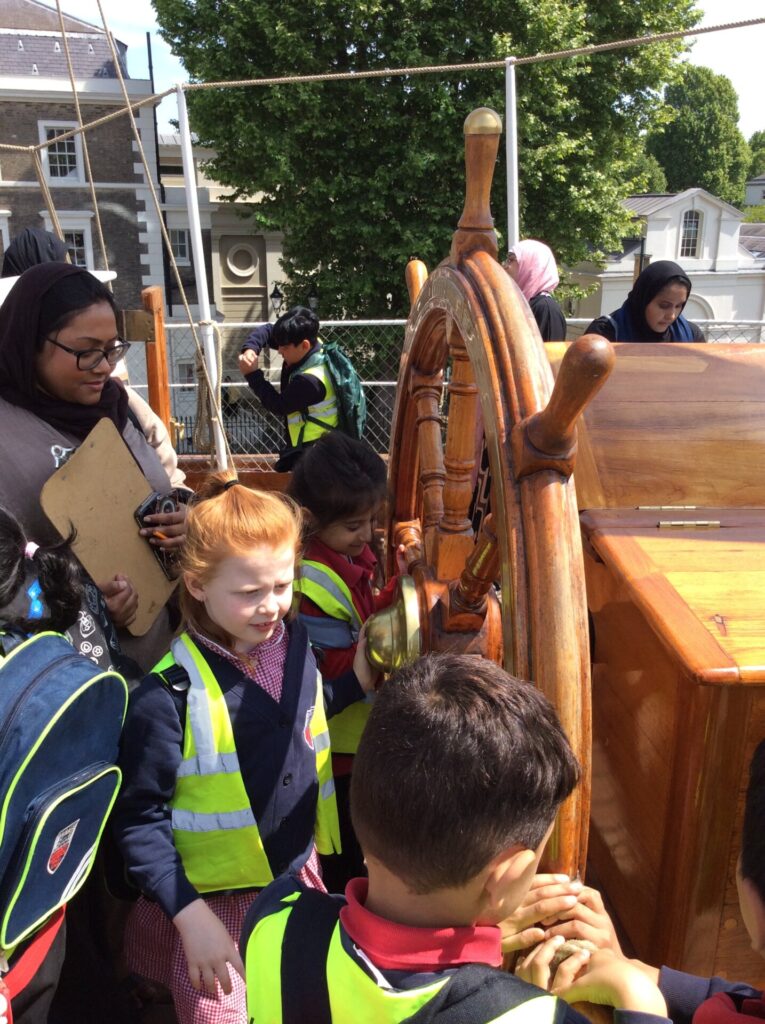
Amirah and Adiyan: When we explored the decks of the ship, we saw boxes of coffee and barrels of tea. They were cargo that the ship took across the world. On the top deck, we read the name of the ship and stood behind the wheel like a captain. We took 2 DLR trains, and the Cutty Sark is huge.
This trip helped us imagine what it would be like to cross the Atlantic or sail around Africa. It brought our geography learning to life and helped us understand how explorers connected the world. We even used our compasses to feel like true adventurers!
